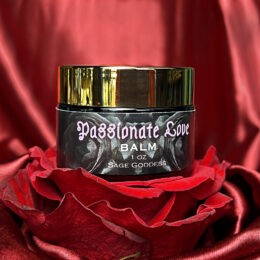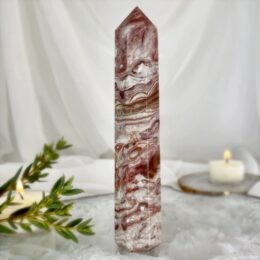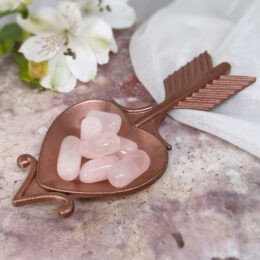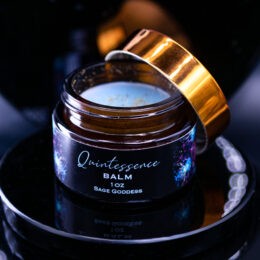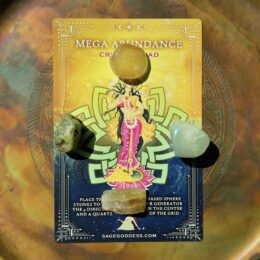Epidote Guide: Properties and Meaning
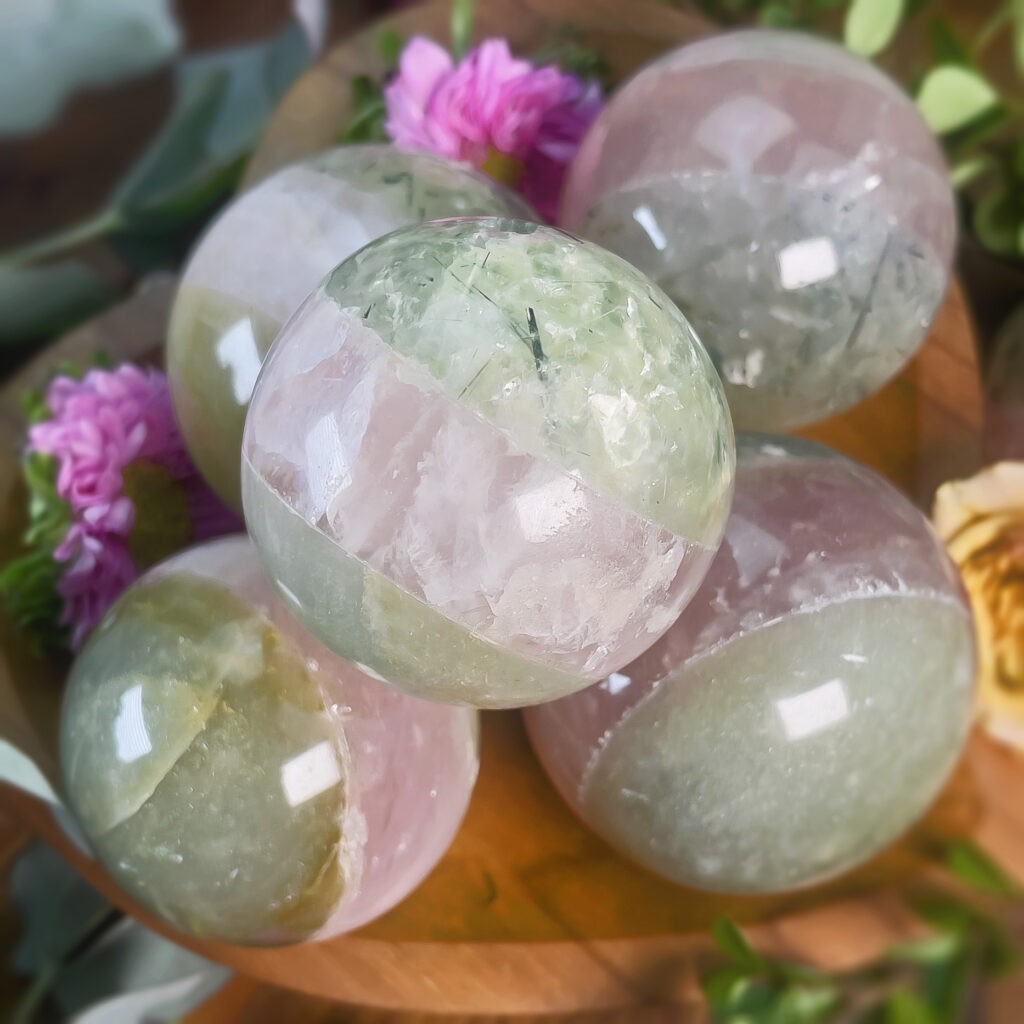
Epidote Properties
Color: Yellow, Green, BlackMohs Hardness: 6Chakra: HeartCrystal Structure:MonoclinicLocation: Global
About Epidote
Epidote is a powerful crystal associated with the Heart chakra, responsible for love, compassion, and emotional balance. It helps open the Heart chakra, allowing for greater love and compassion to flow through the body. Available in a range of colors, including yellow, green, and black, epidote is a versatile crystal that brings balance and harmony to the mind, body, and spirit.
The history of Epidote
The history of epidote dates back to ancient times when it was highly valued for its healing properties. It has been used by various civilizations for centuries. In ancient Greece, epidote brought abundance and prosperity. The Egyptians used it for protection against negative energies. Throughout history, epidote has been recognized for promoting emotional balance and enhancing manifestation. Today, it continues to be cherished for its versatile qualities and its association with the Heart chakra.
What are the healing properties of Epidote?
Epidote is a powerful crystal that is associated with the Heart chakra, responsible for love, compassion, and emotional balance. This crystal helps open the Heart chakra, allowing for greater love and compassion to flow through the body.
What are the Metaphysical/Spiritual Properties of Epidote?
Epidote is a versatile crystal that brings balance and harmony to the mind, body, and spirit. It is available in a range of colors, including yellow, green, and black. Yellow epidote enhances manifestation and attraction, while green epidote promotes abundance and grounding. Black epidote is associated with protection and helps shield the body from negative energies.
Epidote FAQ
What is Epidote used for?
Epidote is commonly used in jewelry making due to its attractive green color and unique crystal formations. It is also used as a decorative stone and can be found in various forms such as tumbled stones, cabochons, and beads. Additionally, Epidote has healing properties and is used in crystal healing practices.
What does Epidote do?
Epidote has several metaphysical properties. It enhances perception and awareness, making it a useful stone for personal growth and self-improvement. Epidote also promotes abundance, prosperity, and manifestation of one’s desires. It is often used to stimulate creativity and increase energy levels.
Can Epidote go in water?
Epidote is generally safe to be placed in water. However, it is always recommended to check with a reputable source or a crystal expert before submerging any gemstone in water, as some stones may be sensitive to water or may have specific care instructions.
How to cleanse Epidote?
To cleanse Epidote, you can use various methods such as smudging with sage or palo santo, placing it under running water, burying it in the earth, or using sound vibrations like singing bowls or tuning forks. Choose a method that resonates with you and your personal beliefs.
What does Epidote do spiritually?
Epidote has a strong spiritual energy that helps in spiritual growth and transformation. It enhances intuition, psychic abilities, and spiritual awareness. Epidote also assists in releasing negative patterns and emotions, allowing for spiritual healing and personal development.
How to clean Epidote?
To clean Epidote, you can gently wipe it with a soft cloth or use a mild soap and water solution. Avoid using harsh chemicals or abrasive materials that may damage the stone. After cleaning, make sure to dry it thoroughly before storing or wearing.
How to spot fake Epidote?
To spot fake Epidote, it is important to familiarize yourself with the characteristics of genuine Epidote. Look for natural variations in color and texture, as well as the presence of unique crystal formations. Fake Epidote may have a uniform color, lack natural imperfections, or feel lightweight compared to the genuine stone.
Is Epidote toxic?
Epidote is generally considered non-toxic and safe to handle. However, it is always recommended to wash your hands after handling any gemstone or crystal, as they may contain trace elements or minerals that could potentially be harmful if ingested.
Where is Epidote found?
Epidote can be found in various locations around the world, including Austria, Brazil, China, France, Mexico, Norway, and the United States. It is often associated with metamorphic rocks and can be found in deposits formed through hydrothermal processes.
How is Epidote pronounced?
Epidote is pronounced as “EP-i-doht” with the emphasis on the first syllable. The “e” is pronounced as in “bed,” and the “o” is pronounced as in “note.”
What chakra is associated with Epidote?
Epidote is commonly associated with the Heart chakra. It helps open and balance the Heart chakra, promoting love, compassion, and emotional healing. Epidote’s energy resonates with the energy center located in the chest area.
Can Epidote be in the sun?
Epidote can generally be exposed to sunlight without any issues. However, prolonged exposure to direct sunlight may cause some gemstones to fade or lose their color over time. It is always a good practice to store your Epidote and other gemstones in a cool, dark place when not in use.
How to charge Epidote?
To charge Epidote, you can place it in direct sunlight or moonlight for several hours. Sunlight energizes and activates the stone, while moonlight infuses it with a gentle and calming energy. You can also use visualization or intention to charge Epidote with specific energies or intentions.
What is the hardness of Epidote?
Epidote has a hardness of around 6 to 7 on the Mohs scale, which means it is relatively durable and resistant to scratches. However, it is still important to handle Epidote with care and avoid exposing it to harsh chemicals or abrasive materials that may damage its surface.




